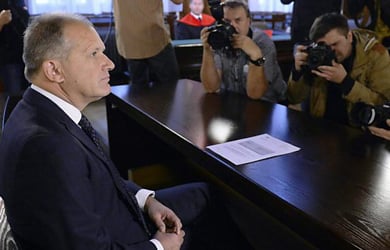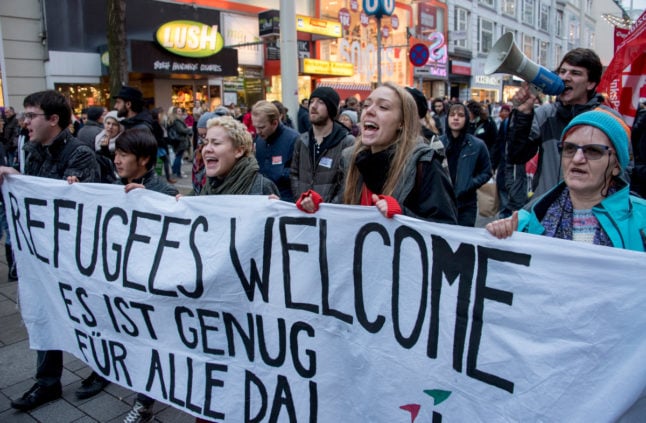The Kronen Zeitung reports that he has started working for a consultancy firm in Vienna. He will however have to spends nights and weekends in his cell, which he shares with another prisoner.
The Justice Ministry told the Kronen Zeitung that prisoners serving a sentence of three years or less are able to apply for day release.
Josef Schmoll, warden of the Vienna-Semmering prison where Strasser is an inmate, told the Österreich paper that Strasser had not been treated differently because of his “celebrity status”. Of the 523 inmates currently in Semmering around 70 are day release prisoners, and are housed in a separate wing.
Strasser has been given clearance to leave the prison for normal office hours, also taking into account travel time. He is however forbidden from drinking and will be tested for alcohol and drugs each time he returns to the prison. If he violates the terms of his day release he will have to serve the rest of his sentence in prison.
Strasser won’t be making a mint from his new job – his wage will be paid to the state and he will receive just €1.88 an hour from the prison. His previous job was helping to run the prison library.
Strasser is also entitled to apply for six home leave visits a quarter, which if granted would allow him to spend the night in his own bed. After serving six months of his sentence he will be able to apply for house arrest and wear an electronic tag.
Strasser, who was also a member of the European Parliament, was secretly filmed in 2010 by undercover reporters from Britain's Sunday Times newspaper saying that he charged €100,000 ($126,800) a year to influence the drawing up of EU laws.
In his defence he said that he believed the reporters, who posed as lobbyists wanting to change EU directives on waste management and financial services, were spies and that he is innocent.



 Please whitelist us to continue reading.
Please whitelist us to continue reading.
Member comments